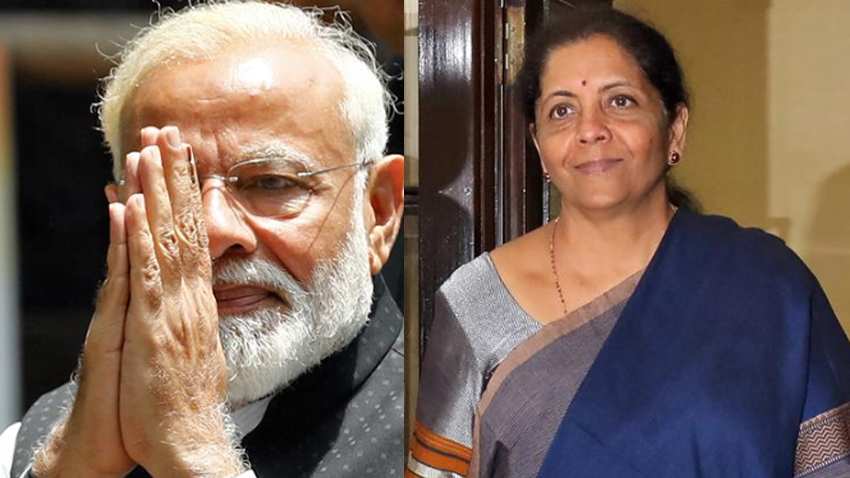After years of reluctance, the Modi government has finally accepted the idea of a bad bank in order to deal with NPAs. The government has acknowledged that the problem of NPAs cannot be solved only through Insolvency and Bankruptcy Code – which stands suspended for a few years – and there is a need for a bad bank which will take all the stressed assets of the public sector banks and help them with ‘fresh start’.
“The proposed takeover of banks’ stressed assets by the ARC will help the banks to free their books of bad loans and thereby make available more funds for lending. Besides it will help fetch better value for the asset by aggregating debt,” said Padmaja Chunduru, MD & CEO, Indian Bank.
The Modi government wants to push credit to GDP ratio of the country, which stands at an abysmally low rate of around 50 per cent compared to 160 per cent of and above 100 per cent for most of the developed and emerging economies. Therefore, a fresh start for the banks, where they do not have the baggage of bad loans (or phone call loans) of the UPA era, a bad bank was needed.
Moreover, the government will also set up a Development Finance Institution (DFI) for long-term infrastructure financing. The DFI, set up with initial capital of 20,000 crore rupees, will also borrow from the market and take the total capacity of 5 lakh crore rupees in the next three, four, or five years. Most of the infrastructure projects of the country were suffering due to lack of funds, especially after the collapse of IL&FS.
In the press conference after the budget presentation, Finance Minister Nirmala Sitharaman also said that the private sector can also set up DFIs for financing infrastructure because the sector needs large funds, and the private and public DFIs can compete in the open market.
The focus on banking and financial infrastructure had led to a huge surge in the stock markets, especially in banking and financial sector stocks. “There was no major negative in the proposals announced by the FM. On the contrary, the proposal to set up a ‘bad bank’ to deal with stressed assets in the financial system that was not expected this time around, increasing foreign direct investment (FDI) limit in the insurance sector, recapitalisation plan of public sector banks (PSBs) coupled with privatisation of select public sector undertakings PSUs are proposals well received. Though there is additional borrowing and the fiscal deficit is quite large, the money is being well spent,” said U R Bhat, managing director at Dalton Capital.
The Economic Survey last year pointed out that banking and the financial sector is pulling back the growth of the country given the fact that India has only one bank- SBI- in the global top 100 while there should be at least six. The Economic Survey last year also took stock on Nationalisation of the banks and other financial institutions, which are among the reasons behind underdevelopment of the country’s financial infrastructure.
The government has decided to privatize two PSBs and announced the IPO of LIC, and this is among the first steps to infuse energy and expertise of the private sector in banking and financial sector which has a very strong presence of PSUs. The government has got reforms in place in the last few years, and, from the budget, it was very evident that banking is definitely the next in the agenda.
